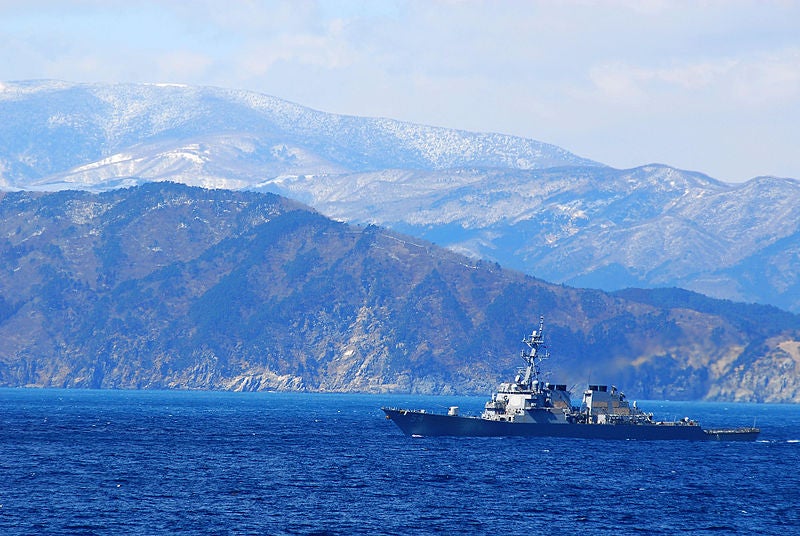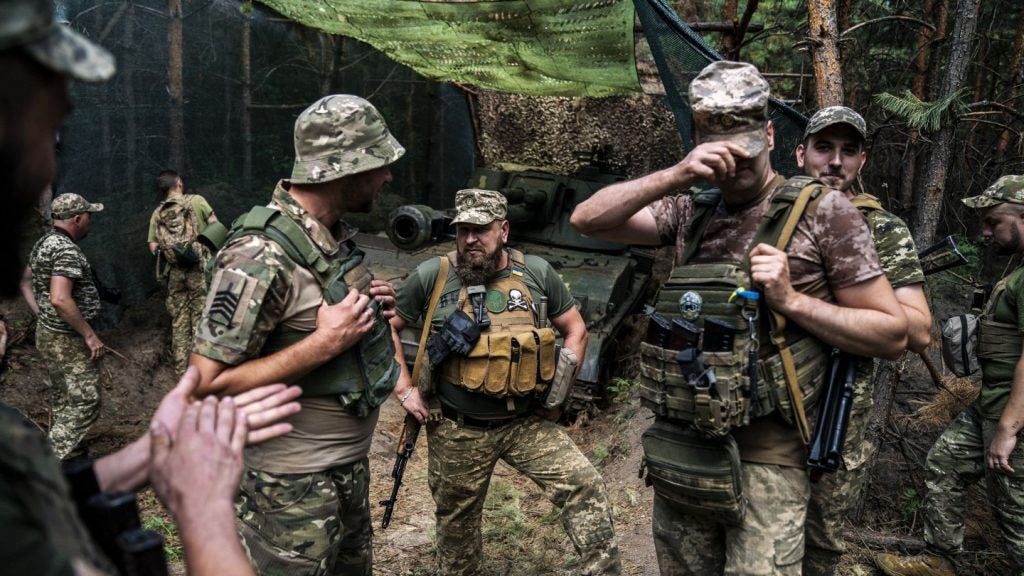
The first Exercise Pacific Vanguard has concluded off the coast of Guam in the Western Pacific, involving the naval forces of the US, Australia, Japan, and South Korea.
The exercise began on 22 May and was designed to increase interoperability.
During the week-long exercise, around 3,000 personnel took part in combined manoeuvres, and live-firing, as well as defensive counter-air and anti-submarine warfare serials.
Royal Australian Navy (RAN) fleet commander rear admiral Jonathan Mead stated that the exercise presented an opportunity for Australia to enhance its ability to contribute to the peace and stability of the region.
Mead said: “Exercise Pacific Vanguard involved four likeminded regional partners working together to support our shared views of a free, open and prosperous Indo-Pacific.
“The exercise not only future-proofs Australia’s engagement with partner navies by increasing understanding and experience in coordination and communication, it has also helped foster an already strong community built on shared interests.”
How well do you really know your competitors?
Access the most comprehensive Company Profiles on the market, powered by GlobalData. Save hours of research. Gain competitive edge.

Thank you!
Your download email will arrive shortly
Not ready to buy yet? Download a free sample
We are confident about the unique quality of our Company Profiles. However, we want you to make the most beneficial decision for your business, so we offer a free sample that you can download by submitting the below form
By GlobalDataPacific Vanguard saw the participation of several naval vessels and aircraft, including the US Navy’s USS Blue Ridge, guided missile cruiser USS Antietam and guided missile destroyer USS Curtis Wilbur, fighter jets and maritime patrol aircraft.
The RAN was represented by submarine HMAS Farncomb and two frigates, HMAS Melbourne and HMAS Parramatta.
Japanese assets in the exercise include destroyers JS Ariake and JS Asah, while South Korea was represented by destroyer ROKS Wang Geon.
US 7th Fleet commander vice-admiral Phil Sawyer stated that the exercise helped advance the integration of the forces, preparing them to respond as a group to events that could occur in the region.
Sawyer said: “Our shared values and common interests helped ensure a successful exercise, and our collaboration will help provide security throughout the Indo-Pacific.”






